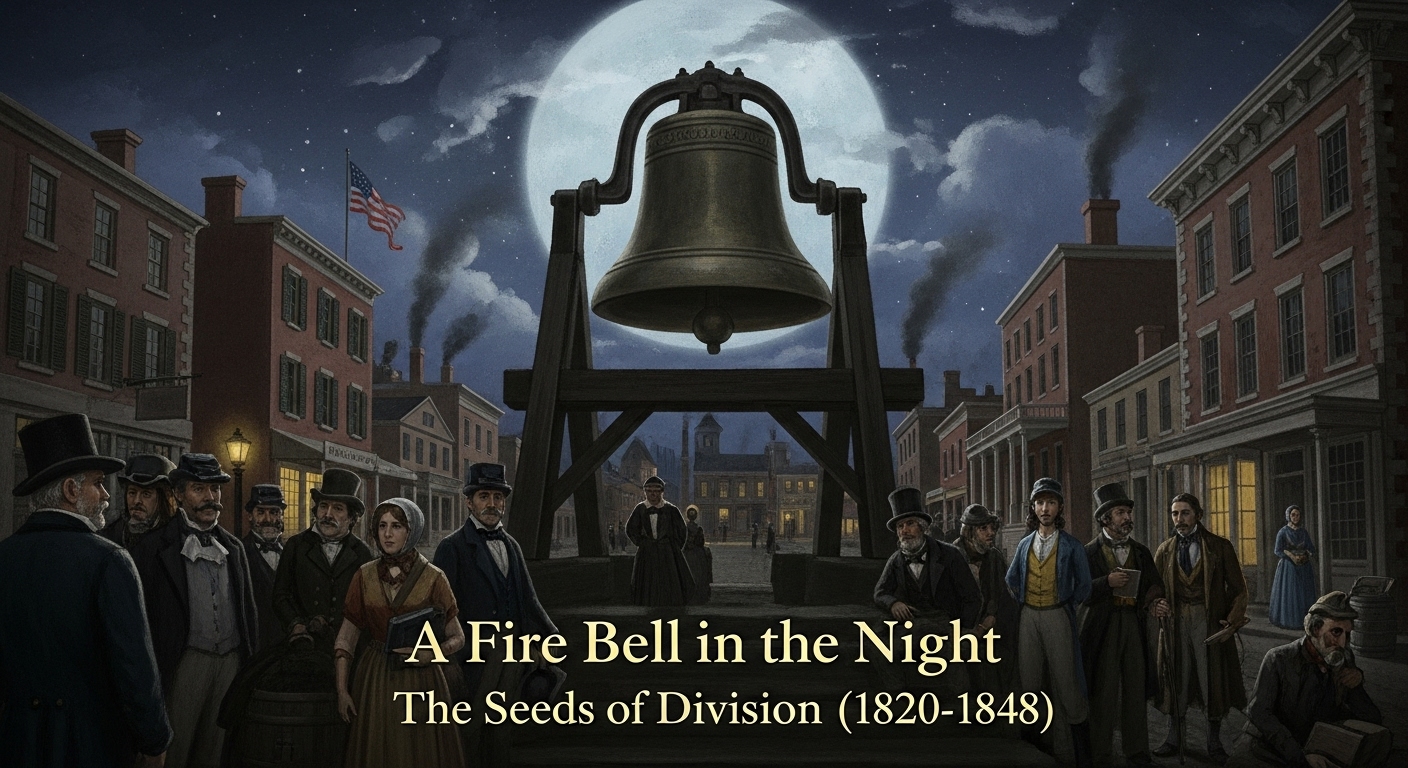
The story of the American Civil War does not begin at Fort Sumter but in the decades of fraught compromises that preceded it. The “Era of Good Feelings” following the War of 1812 masked a festering wound: slavery. Each time the nation expanded westward, the question of whether new territories would be slave or free ignited a political firestorm. The first major crisis came with Missouri’s application for statehood. The resulting Missouri Compromise of 1820 was a masterful, yet fragile, piece of legislative engineering. It admitted Missouri as a slave state and Maine as a free state, maintaining the delicate balance of power in the Senate. Crucially, it drew a line across the continent at latitude 36°30′, prohibiting slavery in the Louisiana Territory north of that line. Thomas Jefferson, in his old age, heard the news of this debate and recognized its terrible significance, calling it “a fire bell in the night” that “awakened and filled me with terror. I considered it at once as the knell of the Union.” He saw that a geographical line based on a moral principle would inevitably lead to conflict. This was followed by the Nullification Crisis of 1832, where South Carolina, led by John C. Calhoun, declared federal tariffs void, asserting a state’s right to nullify federal law. President Andrew Jackson’s firm federalist response temporarily quelled the crisis, but the ideological battleground between states’ rights and federal supremacy was clearly defined, with slavery as its unspoken, animating force.

